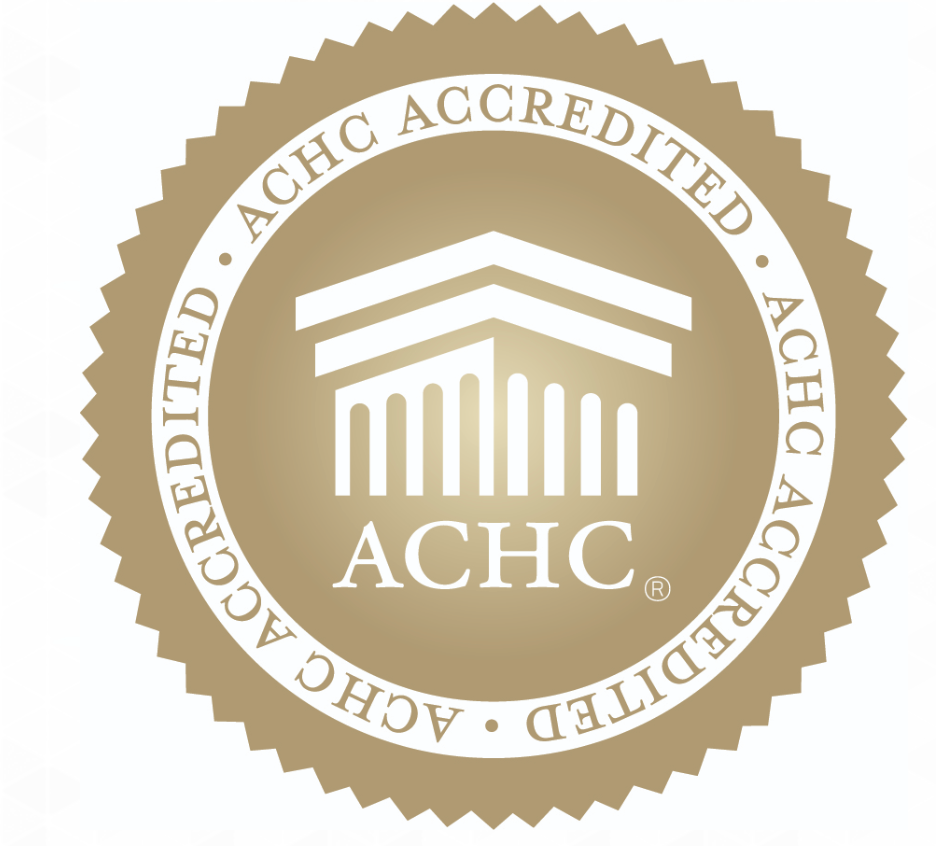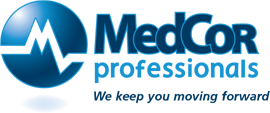Cold Laser Therapy

What is it?
Cold Laser is also known as low level laser therapy (LLLT). It is a low intensity light that stimulates healing in the body. It is known as a cold laser because the intensity level used is not strong enough to cause heating of the tissues. The procedure is noninvasive and painless and while there is certainly evidence to support positive outcomes, there is still some controversy regarding its dosage due to a lack of studies on specific dosing guidelines.
How does it work?
When the laser light hits the tissues, it induces a photochemical reaction that causes changes within the cells of the body. Most of the changes occur in the mitochondria and the immune system. Within the mitochondria, the laser stimulates the production of molecules needed for energy, signaling, and protein synthesis. The immune system responds by allowing more white blood cells and fibroblasts to move into that area to assist with healing.
December 15, 2020
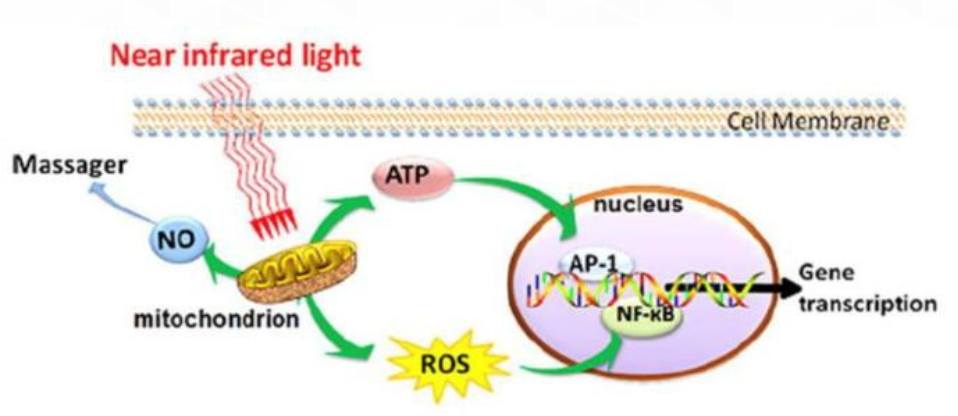
Common Indications:
- Reducing inflammation
- Tissue Repair
- Wound healing
- Pain management
Common Diagnosis:
- Carpal tunnel syndrome
- Osteoarthritis, Rheumatoid arthritis
- Fibromyalgia
- Back and neck pain
Dosing Details
There are many factors to consider when choosing how to dose LLLT and there are no comprehensive studies that have examined the exact doses needed for each condition. However, the World Association for Laser Therapy has issued guidelines to assist with choosing laser parameters.
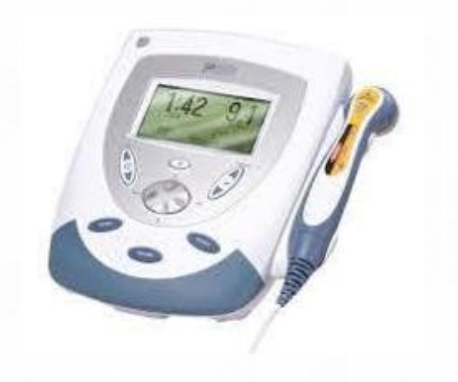
The Intervention
- Wavelength
- Often determined by the laser head used
- For superficial tissue: 600-700nm
- For deep tissue: 780-950nm
- Irradiance power density mW/cm2
- Often determined by the laser head used
- Power can range from 1-1000mW
- Pulse Structure
- Pulsed-select frequency (Hz)
- Continuous
The Dose
- Energy (J)
- Energy Density (J/cm2
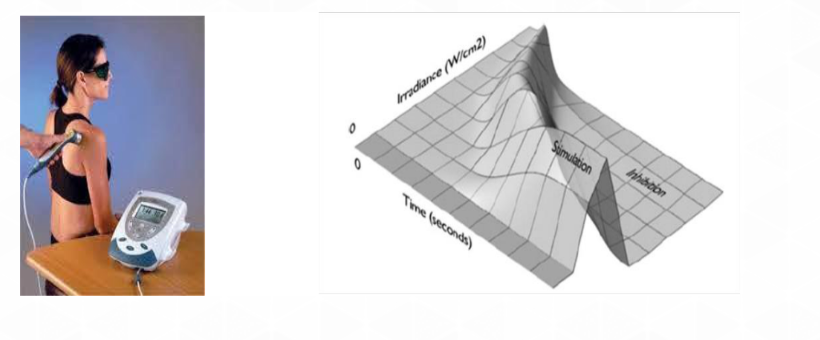
How to Use
- Both patient and therapist should wear safety glasses (included with the unit)
- Laser should contact clean skin
- Hold laser in one spot
- Adjust energy not time
Contraindications for LLLT:
- Any malignancy
- Hemorrhaging injuries or infection
- Mediastinum or areas of bone growth
- Pregnancy
- Areas injected with steroids within previous two weeks
Contributed by:
Teresa Thierer, MSAT Student
University of New England
References and Guidelines
- Chung, H., Dai, T., Sharma, S. K., Huang, Y. Y., Carroll, J. D., & Hamblin, M. R. (2012). The nuts and bolts of low-level laser (light) therapy. Annals of biomedical engineering, 40(2), 516–533. https://doi.org/10.1007/s10439-011-0454-7
- Huang, Y. Y., Sharma, S. K., Carroll, J., & Hamblin, M. R. (2011). Biphasic dose response in low level light therapy - an update. Dose-response : a publication of International Hormesis Society, 9(4), 602–618. https://doi.org/10.2203/dose-response.11-009.Hamblin
- Hashmi, J. T., Huang, Y. Y., Sharma, S. K., Kurup, D. B., De Taboada, L., Carroll, J. D., & Hamblin, M. R. (2010). Effect of pulsing in low-level light therapy. Lasers in surgery and medicine, 42(6), 450–466. https://doi.org/10.1002/lsm.20950
- WALT " Dosage Recommendations. (n.d.). Retrieved November 24, 2020, from: https://waltza.co.za/documentation-links/recommendations/dosage-recommendations/
- Chattanooga Vectra Genisys guidelines
- Inflammation – 5000Hz
- Acute soft tissue pain - <10Hz o Increased circulation – 700Hz

